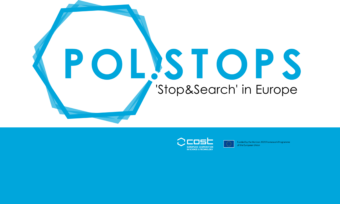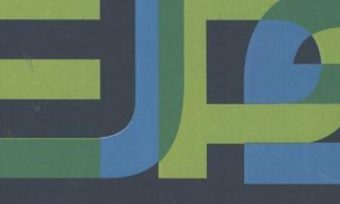Data on police stops can be examined to reflect on the relative “opacity” of these encounters and how aggregate patterns on the nature—not just the volume—of reported stops relate to public scrutiny of the police. We hypothesize that public scrutiny on police stops is positively related to the prevalence of opaque stop practices across dimensions of “intrusiveness,” “rationale,” and “setting” derived from agency records. We further argue that this relationship is influenced by neighborhood conditions in the form of concentrated disadvantage, residential instability, and heterogeneity. To develop these ideas, we draw on a publicly available NYPD dataset on police stops to specify a series of fixed and random effects models that describe variation in recorded stop practices across precincts (N = 74) and overtime (T = 7, 2007–2013). We relate these practices to neighborhood conditions derived from the Census and examine their association with rates of SQF complaints to the CCRB. Results show considerable variation in indicators of opacity, particularly across precincts. More importantly, we also find that rates of complaints are higher in precincts that have more vaguely defined, intrusive stops. Results also suggest that concentrated disadvantage is independently and positively related with higher rates of public scrutiny of the police.
Latest News
International conference POLICE STOPS ACROSS EUROPE (28 February 2023, The Hague, The Netherlands)
News
For more than four years, our EU COST funded network on Police Stops has been gathering information, hearing from experts…
Read moreWorkshop 'Registration of police stops and ethnicity and defining the police stop' 31 Aug - 2 Sept 2022
News
In line with our project’s ambition to share learning and explore the issue police stops across Europe, we are organising…
Read moreCfP European Journal of Policing Studies - Special Issue: The Dynamics of Police Stops
News
European Journal of Policing Studies Special Issue: The Dynamics of Police Stops Guest editors: Mike Rowe Sofie de Kimpe Vincenzo…
Read morePolstops Newsletter n4 (June 2022)
News
At last, we have been able to meet again. And we can now begin to identify what we have missed…
Read more




